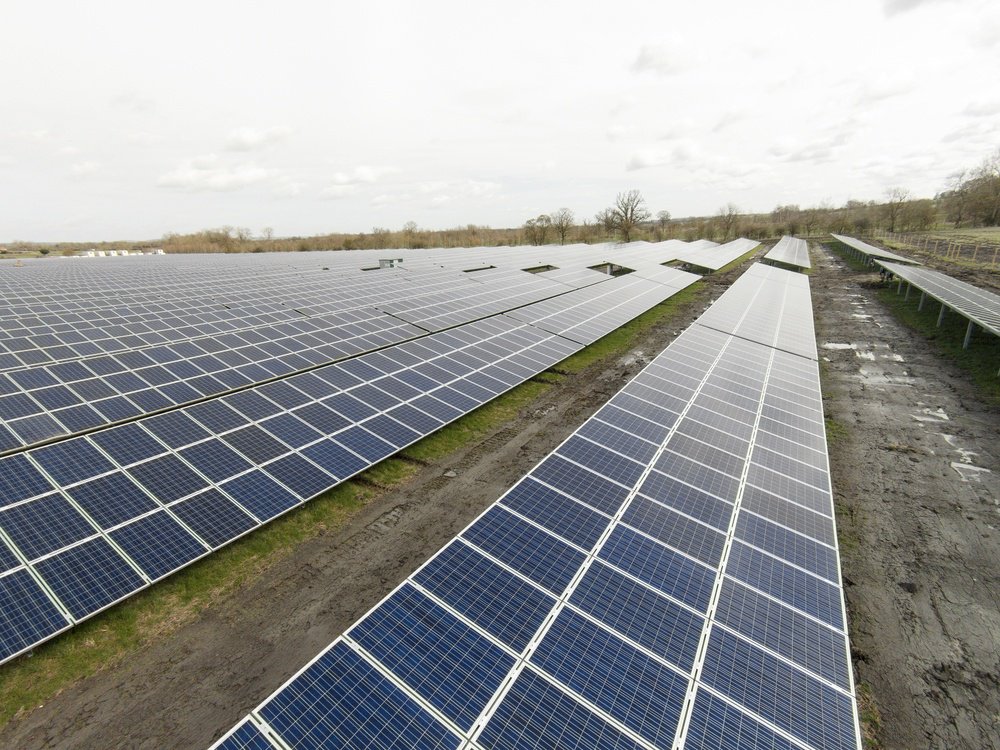Solar and wind projects are transforming Australia’s power grid, but unclear policies will slow new investments
The relentlessly corrosive nature of political debate about climate change can sometimes mask that this is a golden moment for the clean energy industry in Australia.
A near-constant stream of investment announcements suggests a barrier has been knocked down such that leading renewable technologies, so long dependent on public subsidies, have assumed market supremacy.
In the Pilbara, Macquarie Bank has joined a proposed $22bn project that plans to use solar and wind to run local mines, create “green” hydrogen energy for north Asia and possibly export electricity to Indonesia. In regional South Australia, the British billionaire industrialist, Sanjeev Gupta, has said he considered building a coal plant to run the Whyalla steelworks he bought last year, but decided it was cheaper to throw roughly $1.5bn at solar, pumped hydro storage, battery storage and co-generation (creating energy from waste gas) as he adopts his “green steel” model. Outside Townsville, zinc refiner Sun Metals recently opened Australia’s first large-scale solar farm built by a major energy user to service part of its own needs and feed the grid.

The Clean Energy Council lists 69 large-scale projects across the country that have recently reached “financial close” and are either under construction or presumably about to be. They should mean $15.6bn investment and add 10,978 megawatts of renewable energy capacity to the system. These projects – just those the council knows of – are in addition to the 30 new clean energy plants that started operating in the first nine months of the year. Contracts are being signed at historically cheap prices – a reported $52 per megawatt-hour for the giant Stockyard Hill wind farm in central Victoria, for example.
Meanwhile, rooftop solar panels are being installed at an astonishing rate. In May, the head of the Australian Energy Market Operator, Audrey Zibelman, said six panels were going up across the continent every minute, adding the capacity of a large coal power station each year. The consumer watchdog recently recommended incentive schemes for small-scale systems be wound back. Some in the energy industry have suggested there will soon be more solar power coming into the grid than Australia can use but a new study by consultants Green Energy Markets, which examined the amount of solar power expected every 30 minutes out to 2021, rejects this idea. The energy minister, Angus Taylor, says the federal incentive scheme will stay.
The investment avalanche is driving an unprecedented transformation of the electricity grid. At the time of writing, clean energy had met 21.8% of national electricity market demand over the past week, suggesting the country is on the cusp of meeting the 2020 renewable energy target of about 23% ahead of schedule. The Clean Energy Council’s chief executive, Kane Thornton, says the momentum is massive; Green Energy Markets suggest it could mean renewable generation hits 33.3% by 2020. Analyst and advocate Simon Holmes à Court says it is likely as much clean energy capacity will be built over the next two years as over the previous 40.
Read more: The Guardian


